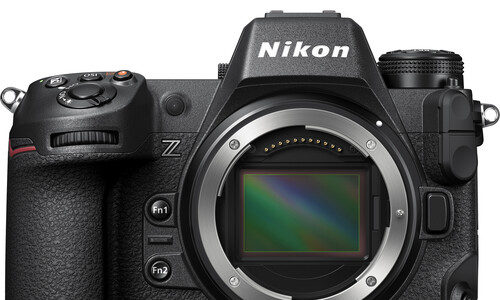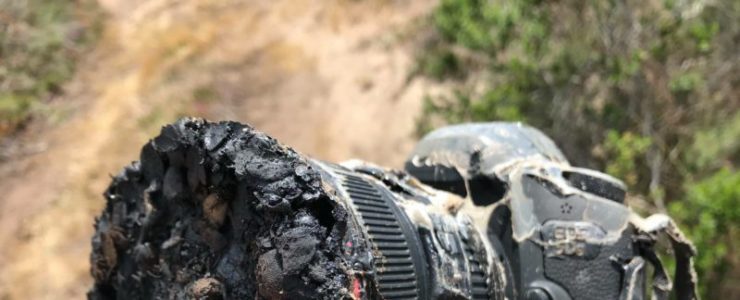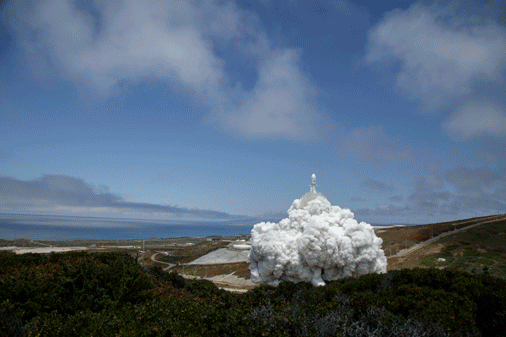Nikon Made A Special Firmware For NASA, To Avoid Cosmic Rays In Photos
Well, if this is not a nice technological thing by Nikon. Making a special firmware to block cosmic rays in photos.
In an interview with PetaPixel, astronaut Don Pettit talks about the changes that Nikon made to firmware.
Excerpt from the interview:
“Our cameras in space get sensor damage from galactic cosmic rays and after about six months we replace all the cameras but you still have cameras with significant cosmic ray damage,” explains Pettit.
“It shows up at fast shutter speeds, not just the slow ones. So we got Nikon to change the algorithm so that it can do in-camera noise reduction at shutter speeds of up to 500th of a second.”
Pettit says Nikon’s in-camera noise reduction “does wonders” for getting rid of the cosmic ray damage and that “trying to get rid of it after the fact is really difficult.”
NASA used to use Hasselblad cameras, but then started using Nikon cameras. Apparently , there are between 12 and 15 Nikon D5 cameras on the ISS (International Space Station). According to Don Pettit, they are “in the process of switching over to the Z9 and [they are] going to slowly replace the lenses with the Z lenses, initially replacing the lenses that require the mechanical autofocus.“



